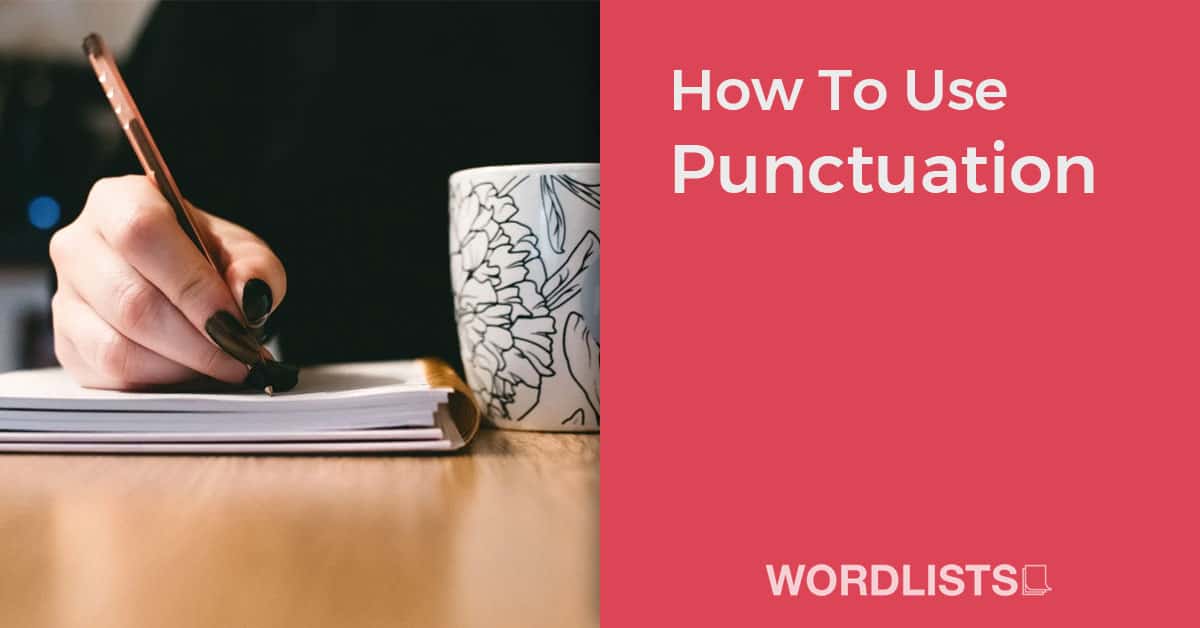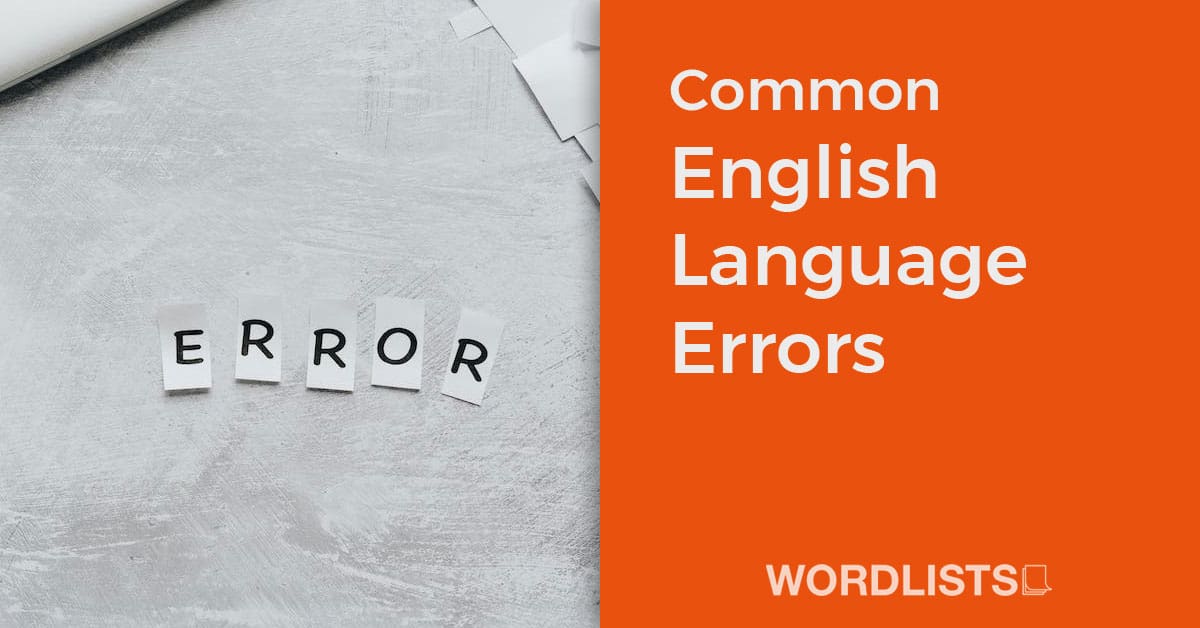Punctuation is a crucial aspect of writing that can often be overlooked or misunderstood. It may seem like a small detail, but using punctuation correctly can make a huge difference in the clarity and effectiveness of your writing.
Whether you’re writing an essay, a novel, or a simple email, understanding the basics of punctuation can help you communicate your ideas more effectively. From commas and semicolons to dashes and ellipses, we delve into the most common punctuation marks and how to use them to create clear, effective writing.

Subscribe to our mailing list to receive FREE exclusive content and offers!
How To Use Commas
Commas are used to separate items in a list or to separate clauses in a sentence. They are also used to set off introductory words, phrases, or clauses and to separate items in a date or address. Here are a few guidelines for using commas correctly:
- Use a comma to separate items in a list. For example: “I need to buy eggs, milk, bread, and cheese.”
- Use a comma to separate clauses in a sentence. For example: “I like to play soccer, but my brother likes to play basketball.”
- Use a comma to set off introductory words, phrases, or clauses. For example: “After I finish my homework, I can watch TV.”
- Use a comma to separate items in a date or address. For example: “On Monday, January 2, 2022, we will have a meeting.”
- Use a comma when you’re giving a dialogue in writing. This will be used to separate the dialogue with the speaker. For example, “He said, “Hello, how are you?”
- Use a comma to separate a direct address or interjection in a sentence, “Thank you, John, for all your help.”
- Use a comma to separate items in a series but not after the last one, “I went to the store, got a sandwich, and came home.”
These are a few examples of when to use commas, but these rules are not exhaustive and there are other situations where commas can be used depending on the context.
It’s also important to note that there are cases where commas should not be used, such as using it between a subject and verb or using it excessively in a sentence. Additionally, you should be aware of your country specific rules for using commas as some might have slight variations.
How To Use Apostrophes
Apostrophes are used to indicate possession or to indicate omitted letters or numbers. Here are a few guidelines for using apostrophes correctly:
- Use an apostrophe to indicate possession. To indicate that something belongs to someone or something, add an apostrophe and the letter “s” to the noun. For example, “John’s book,” or “The cat’s tail.”
- Use an apostrophe to indicate that letters or numbers have been omitted. For example, “don’t” instead of “do not” and “I’m” instead of “I am”.
- For singular nouns ending in s, you could use ‘s to indicate possession or just an apostrophe. There’s no set rule, but using an apostrophe alone is considered more elegant. For example: “the bus’ route” or “the bus’s route”.
- For plural nouns ending in s, you add apostrophe after the s. For example: “the buses’ routes”.
- For proper nouns ending in s, use either ‘s or an apostrophe alone depending on how it sounds to you.For example: “The dress worn by Charles” can be “Charles’ dress” or “Charles’s dress”.
- For a word that is possessive by nature, you don’t need to add apostrophe to indicate possession. For example, “My boss’s decision” is not correct it should be “My boss decision”.
It’s also worth noting that with certain words and expressions, apostrophes are not used, such as “yours” or “theirs” that are already possessive forms.
It is important to note that the use of apostrophes can vary depending on context, regional variations and personal preferences. In case you’re in doubt, you can always consult a good grammar guide or a professional to verify your apostrophe usage.
How To Use Colons
Colons are used to introduce a list, explanation, or example, or to separate hours and minutes in time. Here are a few examples:
To introduce a list:
“I have three items to discuss: the budget, the meeting schedule, and the deadline for the project.”
To introduce an explanation:
“The problem is clear: we don’t have enough resources to complete the project on time.”
To introduce an example:
“There are many types of fruits: apples, bananas, oranges, and so on.”
To separate hours and minutes in time:
“The meeting is scheduled for 3:00 PM.”
Remember that a colon should be followed by a space and a capitalized word unless it is used to introduce a list. In that case, the items in the list should be separated by commas.
how To Use Semicolons
Semicolons are used to separate clauses in a sentence or to separate items in a list when the items themselves contain commas. Here are a few guidelines for using semicolons correctly:
- Use a semicolon to separate independent clauses (clauses that could stand alone as a sentence) when they are closely related in meaning. For example: “I like to play soccer; my brother likes to play basketball.”
- Use a semicolon to separate items in a list when the items themselves contain commas. For example: “I need to buy eggs, milk, bread; and cheese.”
- Use a semicolon to separate items in a complex series. For example: “I went to the store, got a sandwich; had a drink and then came home.”
- Use a semicolon to separate phrases which balance each other in meaning. For example: “She is young; she is inexperienced.”
Avoid using a semicolon if you can use a comma instead. In some situations, you might be able to use a comma instead of a semicolon, depending on the context.
It’s important to note that the use of semicolons is not as common as commas, and in certain situations, a comma or a conjunction might work instead. It’s also important to check that the clauses or items are closely related in meaning, otherwise it might be hard for the reader to make sense of the sentence.
How To Use Dashes
Dashes are punctuation marks that are used to indicate a range, to set off parenthetical statements, or to connect related clauses.
- To indicate a range: Dashes are used to indicate a range of values or dates. For example, “I will be away from June 15 – June 30.”
- To set off parenthetical statements: Dashes are used to set off parenthetical statements that add additional information to a sentence, but are not essential to its meaning. For example, “I love dogs – they’re so loyal and friendly.”
- To connect related clauses: Dashes can also be used to connect two related clauses where the second clause explains or elaborates on the first. For example, “I have an early meeting tomorrow – I need to wake up at 5am.”
- To represent abrupt change in tone or thought: A Dash is often used to represent a sudden change of thought or tone. For example, “I was going to make a cake—but then I realized I had no eggs.”
It’s worth noting that different styles guides recommend different usage of dashes, and the usage might vary depending on the style and context. It’s always a good idea to check with the appropriate style guide for specific guidance on the use of dashes.
How To Use Ellipses
Ellipses are punctuation marks that are used to indicate an omission, hesitation, or trailing off in a sentence or quoted material. Here are some common ways to use ellipses:
- To indicate an omission: Ellipses are often used to indicate an omission in quoted material, where words or phrases have been removed from the original text. For example, “In the words of Abraham Lincoln… ‘A house divided against itself cannot stand.'”
- To indicate hesitation or trailing off: Ellipses can be used to indicate hesitation or trailing off in a sentence, such as “I, um… I don’t know how to explain it.”
- To indicate a trailing off of thought: Ellipses can also be used to indicate a trailing off of thought, like in “I was going to say something, but then I thought… better not.”
- To indicate a trailing off of speech or to create a dramatic pause in dialogue: They can also be used in creative writing to indicate trailing off of speech in dialogue and create a dramatic pause.
It’s important to note that ellipses should only consist of three dots, and it should be formatted consistently, whether it’s on the left side, center or the right side, depend on the style guide you are using. Also, when using ellipses in the middle of a sentence, you should pay attention to where they are placed, as they can change the meaning of a sentence.







